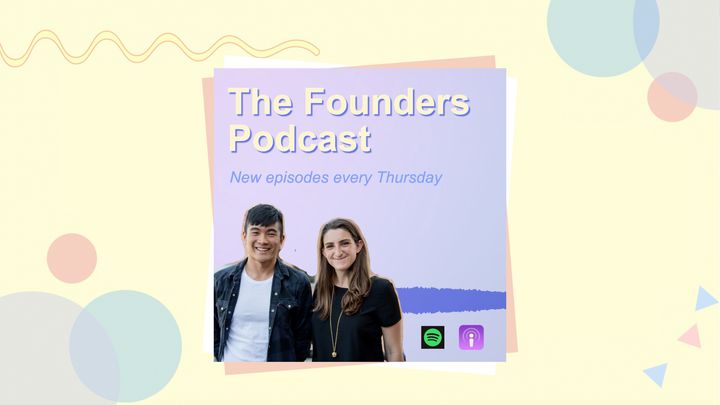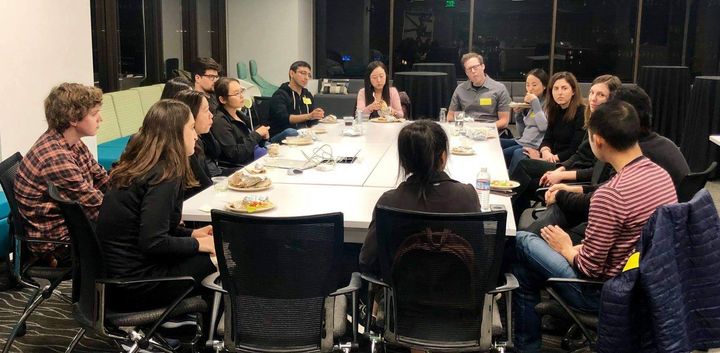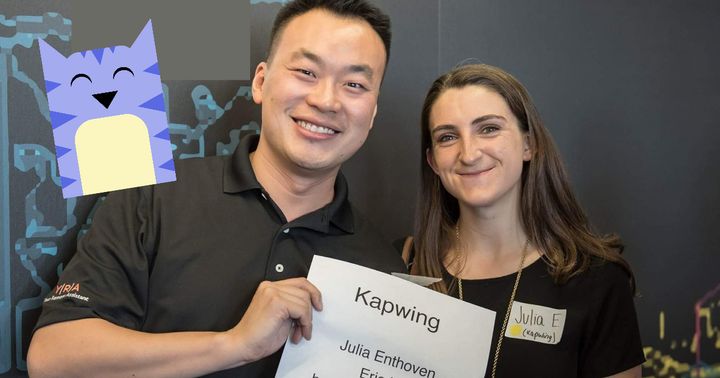How to Write Investor Updates

As a first-time startup founder, I didn’t realize that entrepreneurs were supposed to send regular email updates to their investors after raising money. For two months after we closed our seed round in June 2018, I didn’t send investor updates, and our investors didn’t ask me for them; I went back to growing the business, and they went back to their funds.
Thankfully, another founder in my coworking space (the great Deon Nicholas) told me that investors and advisors expect a monthly update. Now that I send them, I’ve learned that email updates are an important way to get help from investors, build trust and velocity, and keep them in the loop for your next round. Investor updates also give CEOs a framework to track and report top-line metrics.
In this article, I share what I've learned about writing email updates for investors for other entrepreneurs doing it for the first time. I include learnings from 6 months of sending email updates and also interviewed several seed-stage investors for this article. At the end, an example of a recent Kapwing update for a template or inspiration.

My cofounder and I shortly after we raised money this summer
Who to Email
Monthly updates are for anyone who has given you money! I maintain a Google Contacts list with the email addresses of all investors, from our lead VC to the smallest angel. Some other founders I know add advisors and prospective investors to this list, and many include their team. A couple of tactical tips:
- Go BCC: Venture investors are busy people, and you don’t want to flood their inbox. Update them in BCC so that responses come directly to you without going to everyone else.
- Get the emails right: Some of our investors, like Sinai, have special email addresses for portfolio company updates. Angel investors might have a specific email for warm intros and another for updates. After raising, ask your investors what email address you should send updates to.
- Comprehensive: Double check your email list to make sure you don’t leave anyone out. Embarrassingly, we actually left one of our favorite investors off our first two updates and had to forward them to him retroactively.
Cadence
According to most founders I meet and all of my investors, entrepreneurs should write investor updates once a month. I send out the Kapwing update on the first of every month, regardless of the week day. Our investors agree that founders “should be writing those monthly!”

What to Include
Nikhil Basu Trivedi of Shasta Ventures said he looks for three things in an investor update: “A quick metrics snapshot, what’s working and what’s not working, and then specific asks/requests for investors.”
My investor updates for Kapwing always include the following sections:
- A brief intro/overview of the month
- Monthly metrics (for us, usage, revenue, etc)
- A list of “other highlights”: notable press, team news, product launches, exciting new customers or deals
- Asks: A set of requests, things investors could do for us like connecting us to a type of person or advising on a specific issue
- A photo of the team
- A note thanking our investors for support and inviting questions
Metrics
Founders should include whatever numbers are most important to them and their business. The metrics I include - usage, revenue, and new customers - are specific (“28DA” instead of “active users”) and transparent. I mark the percentage change since last month and include the same stats every time.
Asking for help
An investor update should include several specific asks. Since investors have visibility into other companies at a similar stage, they have valuable data, perspective, and relationships that founders don’t have. Some things they can help with:
- Introductions to potential customers, hires, or advisors
- Data like compensation info from other companies
- Feedback on product, a resume, or pitch decks
- Strategic advice
- Vendor recommendations
Erik Torenberg, partner at seed fund Village Global, recommends that founders ask for 5-10 things in each update. “By offering more options, you maximize the chances of each investor being able to help you somehow,” he explained, “Fundamentally, most investors can be viewed as 1-2 hours of free labor every month.”
I admit that I’m still working on asking for help since it’s hard to utilize people outside of the business, especially if they’re not super accessible. But I have gotten great insight from my investors on topics like setting paternity leave, writing job descriptions, and evaluating opportunities to acquire small websites, as well as several helpful introductions. Oscar Adelman at Sinai helped us find our current office space after I asked about it in our first investor update email. Niv Dror of Shrug Capital has even coached me on Twitter tactics.
At the same time that you invite favors, your updates should express gratitude and human anecdotes to make it more memorable and build ethos. One founder I know gives “kudos” to his investors, publicly acknowledging who has been the most helpful to him that month.
Length
Before a company's Series B, an investor update should be brief, no more than 2-4 paragraphs. Mamoon Hamid, partner at Kleiner Perkins, said a good early-stage update “can be read in less than 2 minutes.” Email updates are meant to give visibility without diving into deep details, so don’t sugarcoat or fill them with fluff. Investors want to know what isn't working as well as what is.
Structure and Format
Your investor update should be a readable email or PDF, something that busy professionals can easily skim. Our investor update template has a set of bullet points for the key metrics and bolded section headers, like this article. Sometimes, I highlight or color code important sections for emphasis. Include photos or screenshots and links to important pages, new features, or press releases to make it more informative.

A photo from Kapwing's January update showing the team and product news
What to Expect in Response
Every time that we send an update, about 20% of the investors on the list respond with a short acknowledgement or encouragement and about 20% respond to the “ask” or send a question. But even those who don’t respond feel much more in the loop. With updates that show traction and growth, investors are more proactive, helpful, and supportive.
I hope that this article is helpful to other founders writing their first investor update. As always, please reach out with questions or comments about this post -- I always enjoy hearing from other entrepreneurs -- or subscribe to the blog for more. I'll close this article by including an example: Kapwing's January update.
Example
To: “Eric Lu”
BCC: “kapwing-investors”
Hi Kapwing Investors --
After a slower holiday season, Kapwing had a great January. We got substantially more (+XX%) new subscribers this month than last including individuals at USTA, Stanford Hospital, and the Canadian Parliament.
January metrics:
- Monthly (28D) active users: XX (+XX%)
- New subscriptions: XX
- Gross revenue: $XX (+XX%)
- Burn rate: $XX
Updates: This month, we spent time executing: feature improvements, content marketing, and product definition. Some highlights:
- Launched auto-subtitling (our first AI-powered feature), text animations, and scenes in the Studio
- The first Kapwing baby was born! Kapwing's Principal Engineer, Josh, welcomed his first son, Levi Grossberg, on Jan 12
- With a winter-intern, we experimented with Instagram influencer marketing and expanded our meme template collection
- The #10YearChallenge was great for Kapwing, bringing in 1500 qualified leads
- Added to Kapwing's YouTube channel and blog and contributed to the Atrium blog
- Celebrated Eric's 26th birthday with a beachy offsite
- Hired XX, a growth intern for this summer
Asks: I have two asks this month [large and purple so that you can read it]
- We're hiring! I'd love your referrals and help socializing these roles (job descriptions linked)
- Growth Lead: Our first senior marketing hire
- Frontend web developer: A javascript magician who loves UX and design
- Full-stack engineer: A hungry hacker, can be more junior
- Our Google Cloud credits expire in about three months -- let me know if you have access to more Google Cloud credits before we spending on cloud processing.
Up next: Heads down on hiring, product work, and more organic growth this month! We're also working on Kapwing for Teams, a collaborative media offering for in-house communications and marketing teams.
[PHOTO]
As always, thanks for your support and let me know if you have questions or want more info. I'll be at SaaStr Wednesday afternoon of next week -- let me know if you'll be there and want to meet up! Best,
Julia Enthoven
Founder and CEO, Kapwing









